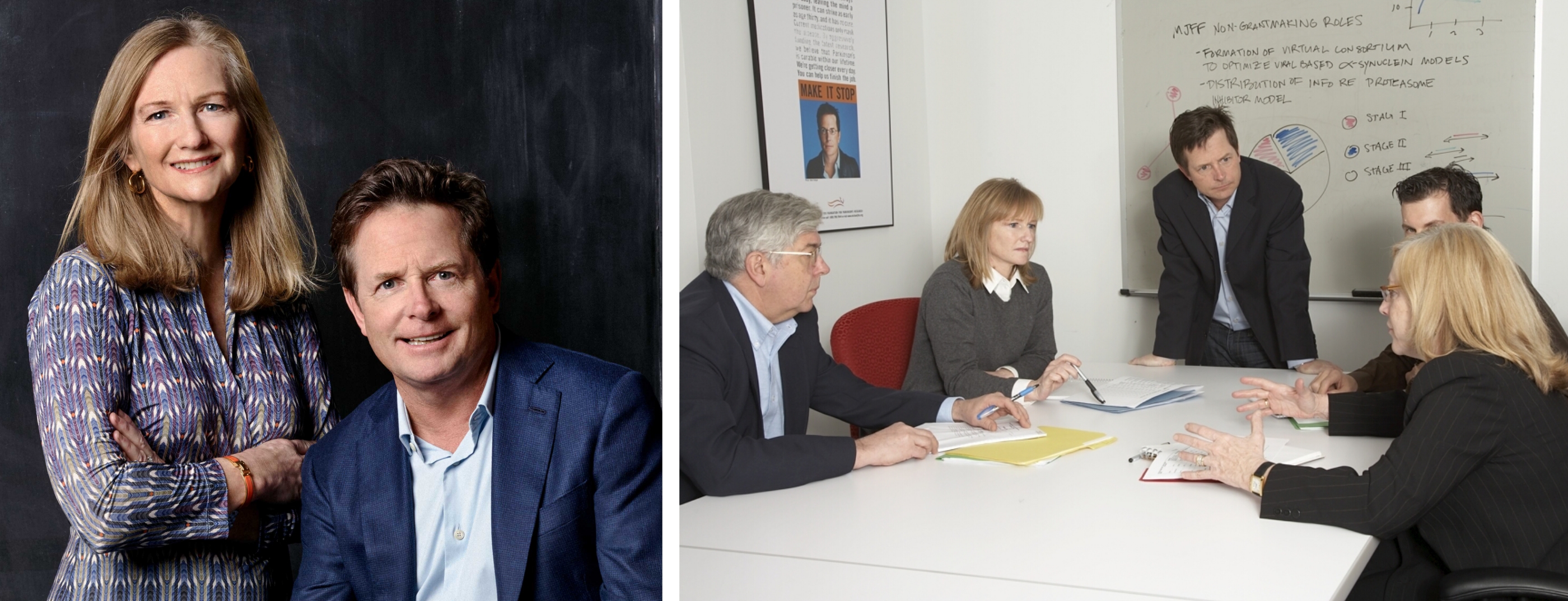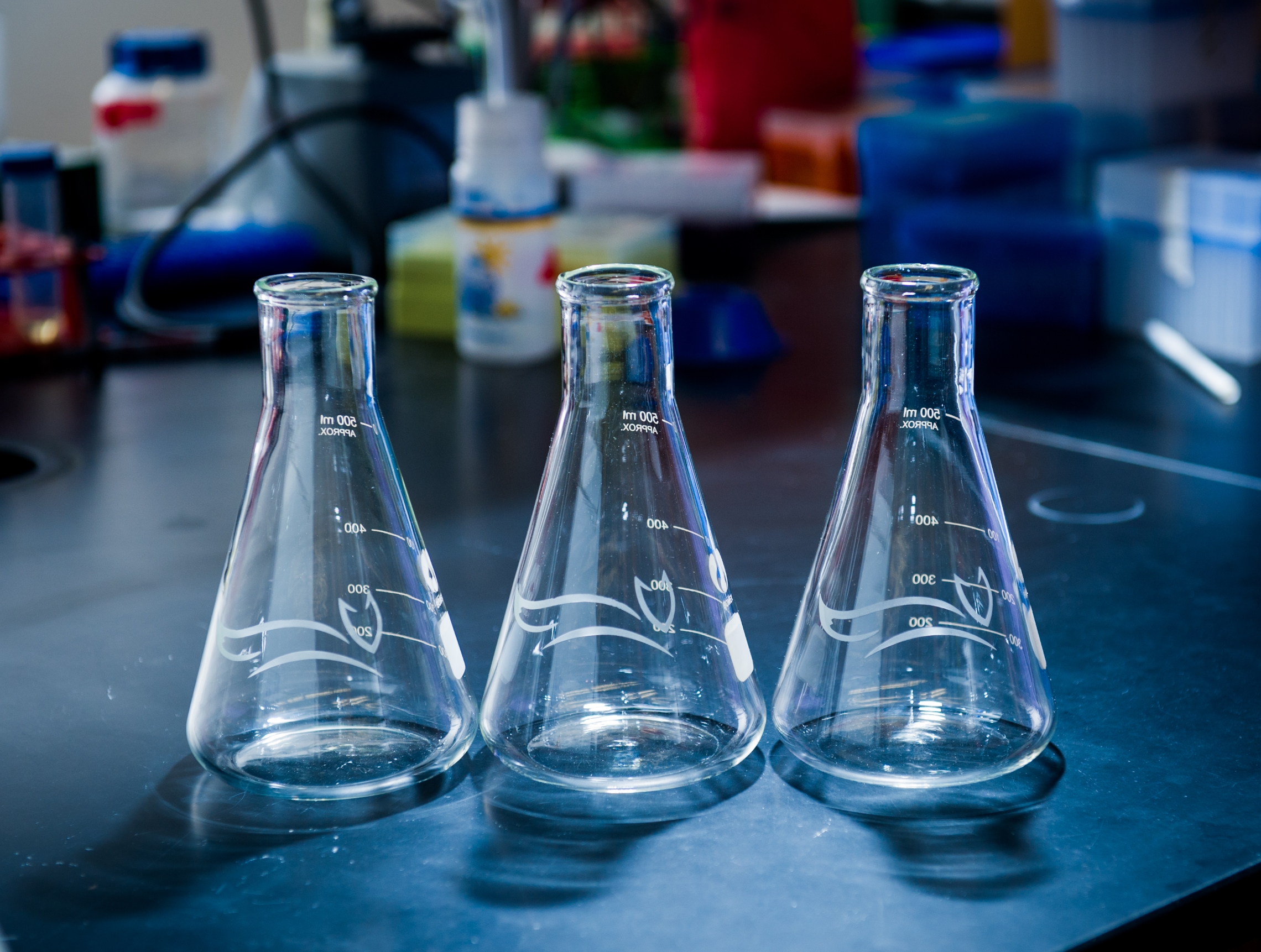“Our conversation was completely values-based,” says Brooks. She wanted to use philanthropy capital for good. Fox wanted to found an organization that gave patients space in the world of drug development. “We were just so aligned, and I think he saw in me somebody who wanted to do the best we could do.”
He ended up half an hour late to the next interview, but told her he would call her later and offer her the job. No doubts now, Brooks accepted.
Twenty-two years later, serving as CEO and co-founder, Brooks has helped build The Michael J. Fox Foundation (MJFF) into the largest nonprofit funder of Parkinson’s research in the world and one of Forbes Magazine’s top 100 U.S. charities. To date, the foundation has funded over $1.5 billion in Parkinson’s research programs, dedicating 88 cents of every dollar spent to research.
It all started without a plan. Brooks had heard about the job from a former colleague on a Sunday, interviewed that Thursday, and started the Monday after. She didn’t know much about Parkinson’s — the second-most common degenerative brain disease, affecting 6 million people worldwide — much less expect to spend two decades working to cure it.
That didn’t concern her. From college onward, her career has been a path of almost-perfect accidents, culminating in enormous impact. The hard part, for her, wasn’t comfort in uncertainty. She’s “totally a pop-quiz kind of person.” The hard part was finding the right place to call home, she says. It may’ve happened after a literal elevator pitch, but she found it.
“I feel like William & Mary really helped me see where I belong,” she says. “And I’ve just been building that sense of self in the years since.”
‘WHAT ARE SATS?’
Brooks almost didn’t end up at William & Mary. Her junior year of high school, she didn’t even plan on going to college.
Back in the 1970s, she was moving from state to state and being raised by a single mother. By her junior year, she ended up at a vocational school in Fairfax, Virginia, and was already very independent. Their household income was low and Brooks needed to work to help pay rent.
At her job — one of several she held — at a small sewing shop in the Tysons Corner mall, there was a fellow salesclerk Brooks considered her high school “sensei.” This clerk would spin yarn about Virginia colleges and said William & Mary was the best one in the state.
Brooks’ high school guidance counselor helped her get there. The counselor saw promise in Brooks and kept her accountable. One day, that led the counselor to stop her in the hallway on a Thursday and ask if she was taking that Saturday’s SATs.


